
Agriculture
June 30, 2024
Girl Effect Mobile
Read SolutionImplemented by
Girl Effect
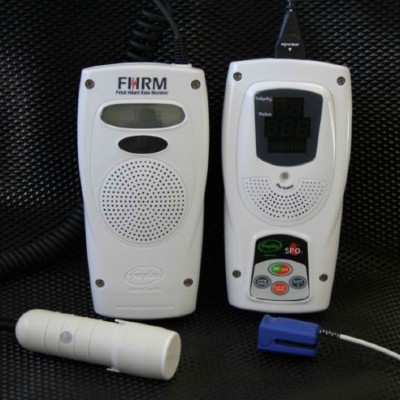
Updated on September 26, 2024
·Created on August 27, 2015
A low-cost fetal heart rate monitoring system that does not require electricity
The Freeplay Fetal Heart Rate Monitor (FHRM) is a portable, hand-held, and hand-crank-powered fetal diagnostic device for identifying fetal distress throughout the birthing process. The hand-crank design enables this FHRM to be used in settings without reliable or any electricity. A minute of cranking provides the FHRM with 10 minutes of power.
Target Regions
Africa, Australia-New Zealand Region, Central America, Central Asia, East Asia, East Asia and Pacific, Europe, South America
Target SDGs
SDG 3: Good Health and Well-Being
Market Suggested Retail Price
$850.00
Target Users (Target Impact Group)
Community, Small and Medium-sized Enterprises
Distributors / Implementing Organizations
Manufactured and distributed by Ultrasound Technologies Ltd via regional distributors in Europe, Africa, South and Central America, Asia, Middle East, Australia and New Zealand.
Competitive Landscape
Direct competitors include Moyo Fetal Heart Rate Monitor and Heartstrings for fetal heart tones.
Regions
Africa, Australia-New Zealand Region, Central America, Central Asia, East Asia, East Asia and Pacific, Europe, South America
Manufacturing/Building Method
Units are batch built and held in stock for future orders. Interview with representative in 2018
Intellectural Property Type
Trade Secret
User Provision Model
Units may be purchased from distributors in respective countries. Interview with representative in 2018
Distributions to Date Status
532 units have been deployed as of July 2015 Interview with representative in 2018
Power Supply Type
Manual or 100-260 VAC mains power
Consumables
Non-mineral oil based ultrasound gel or water
Indispensable equipment for function (Y/N)
No
Maintenance or calibration required by user at time of use?
No
Display Type
LCD Display with icon for battery low and pulse. Charge indicator.
Gestation Required for Heart Rate Detection (weeks)
10
Material of Construction
ABS
Design Specifications
The FreePlay FHRM includes a probe that uses Doppler ultrasound waves to detect the fetal heart. It runs off rechargeable batteries that are inside the device. The batteries may be recharged from three different power sources: mains electricity; manual, wind-up power and solar energy.
The fetal heart can be “heard” on the loudspeaker while the fetal heart rate is shown on the display screen. The fetal monitor is most useful in assessing the condition of the fetus during labour.
The unit features an On/Off Button, LED display screen, flashing heart icon to indicate each heartbeat, loudspeaker, wind-up handle, indicator light that shows power is being generated, connecting lead from monitor to probe, ultrasound probe, and a mains adaptor, power cable, and DC input socket. Weight is <600 grams.
Technical Support
Ultrasound Technologies Ltd staff and reselling partners provide support Interview with representative in 2018
Replacement Components
Replacement pieces are available from the original supplier or if user contacts PET (Powerful Education Technology) via info@pet.org.za
Lifecycle
A 3-year is included with FHRM purchase. Interview with representative in 2018
Manufacturer Specified Performance Parameters
• No disposable batteries or power supply required: hand-cranking the charger for 1 minute provides 10 minutes worth of operation.
• It takes approximately 2 hours to fully charge the built-in rechargeable batteries. The fetal monitor will operate for ~7 hours continuously before the batteries need recharging again.
Vetted Performance Status
Through a randomized controlled study in Dar es Salaam, Tanzania, it was demonstrated that FHRM provides better perinatal outcomes in comparison to a fetal stethoscope. Additionally, when evaluating the usability perceptions of midwives, they found barriers for the adoption of this technology, like insufficient training, convenience of use, comfort and limited privacy.
Safety
Must not be used on a patient when connected to the main supply.
Complementary Technical Systems
None
Academic Research and References
This paper presents a comparison between the Pinard stethoscope versus the Freeplay FHRM in the detection of abnormal FHR:
Kamala, B. A., Kidanto, H., 2018, Intrapartum fetal heart rate monitoring using a handheld Doppler versus Pinard stethoscope: a randomized controlled study in Dar es Salaam, International journal of women’s health, Vol. 10, pp. 341–348.
Mdoe, P. F., Mbekenga, C., 2018, Midwives’ perceptions on using a fetoscope and Doppler for fetal heart rate assessments during labor: a qualitative study in rural Tanzania, BMC pregnancy and childbirth, Vol. 18(1), pp. 103.
Woods, D., 2009, Appropriate technology and education for improved intrapartum care in under-resourced countries, South African Journal of Obstetrics and Gynecology. Vol. 15(3), pp. 78-79.
Lawn J., 2006, Does fetal heart rate count? Developing a low cost, alternative powered doppler fetal heart monitor for use in low resource high mortality settings, The 4th Institution of Engineering and Technology Seminar on Appropriate Healthcare Technologies for Developing Countries, pp. 155-161.
Compliance with regulations
The FHRM complies with the essential requirements of the European Council Directive 93/42/EEC + 2007/47/EC. Safety Classification: Class 1 Type B - IEC 60601-1
Evaluation methods
Field testing was conducted in South Africa by the design team.
Usability tests and trials to find associations between usage and the detection of abnormal fetal heart rates were conducted in Tanzania.
Other Information
Distributed through Ultrasound Technologies Ltd via regional distributors http://www.doppler.co.uk/Purchase/Distributors.html

Agriculture
June 30, 2024
Implemented by
Girl Effect
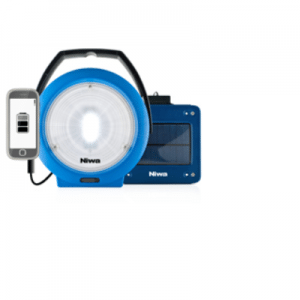
Agriculture
January 14, 2024
Implemented by
Niwa
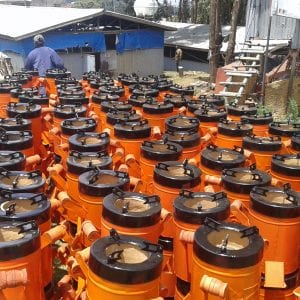
Agriculture
December 3, 2024
Implemented by
Gogle

Agriculture
June 23, 2024
Implemented by
Planet Labs
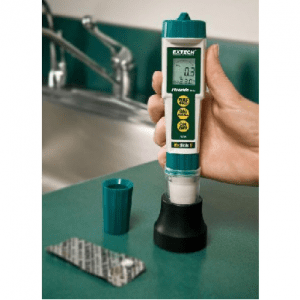
Agriculture
January 17, 2024
Implemented by
Extech Instruments

Agriculture
February 15, 2024
Implemented by
Visualize
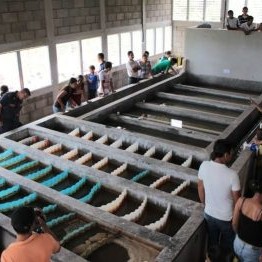
Agriculture
January 18, 2024
Implemented by
Agua Clara LLC
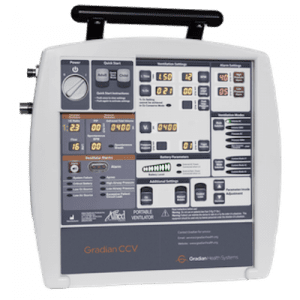
Agriculture
February 2, 2024
Implemented by
Gradian Health Systems

Agriculture
June 27, 2024
Implemented by
MamaBird
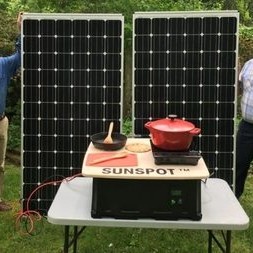
Agriculture
January 27, 2024
Implemented by
Sunspot PV LLC
Have thoughts on how we can improve?
Give Us Feedback